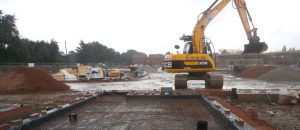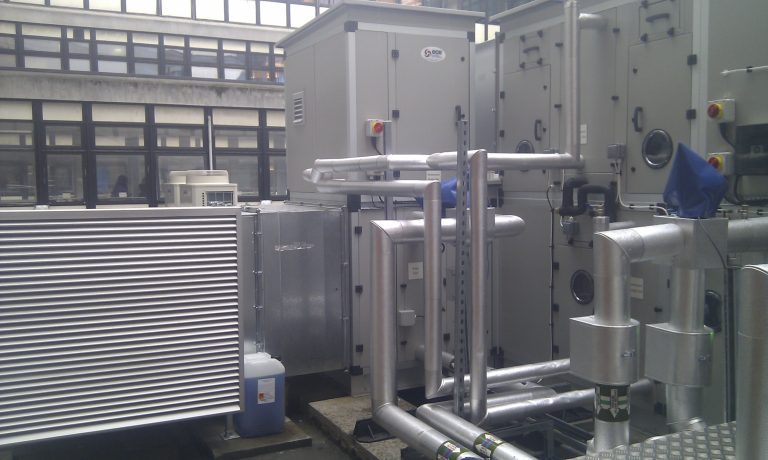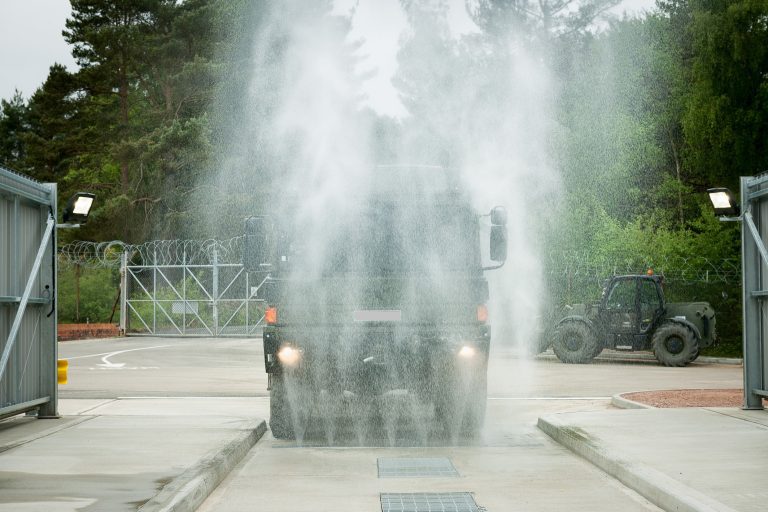The construction industry continues to be defined by collaboration; the length of the supply chain often proves critical when it comes to contractors’ ability to carry our quality workmanship, and in a safe and conscientious manner. Adept in design, construction, installation and maintenance, appropriate across industries, Alliance Group Solutions quickly puts to rest the age-old dilemma and, by maximising its construction capabilities, offers clients minimal risk. With three specialist strands dedicated to contracting, flood defence and consultancy, the Kirkby-in-Ashfield based company is well-versed in the interdisciplinary approach and, defined by its plurality, can effectively carry a project from inception to sign-off. With an array of services, Alliance Group Solutions is capable of a great many feats and perhaps adds the most value as an end-to-end service provider. It’s with the interaction and collaboration between each of its distinct, subsidiary businesses that the company is able to deliver on quality as well as cost. With quality and cost the principal deciding factors for any client, Alliance Group Solutions continues to attract a great variety of customers in both the public and private sector, on a one-off and long-term framework agreement basis. For clients looking for flexibility and cost competitiveness, there is little to rival the company’s spectrum of services and, it’s with that, Alliance Group Solutions secures contracts with major, blue chip organisations and high profile clients. A recent project saw the company work with a client working on behalf of the Ministry of Defence (MoD), its raft of services adding significant weight to its initial contract. John Mattinson, Marketing and Development Director at Alliance Group Solutions details further: “What began as a contract centred on a vehicle wash facility subsequently became a showcase of just what we’re capable of. In the first instance, we had to meet a number of challenging criteria to win the contract, and were charged to ensure the site was serviced to the highest degree. The contract also incorporated major water and drainage construction and saw us conduct lighting installation work, install interceptors on the vehicle wash, a waste water treatment plant and create a large, vehicle manoeuvring facility to provide better access and mobility for the client’s heavy-duty vehicles. Worth £750k, the job also allowed us to flex our consultancy muscles and make use of the new surveying technologies we’ve recently developed.” Indeed, over the last six months, Alliance Group Solutions has developed in-house surveying services and, with the aid of pioneering software, is now equipped to carry out land, property-level, flood, topographical and ground-penetrating radar (GPR) surveys. This latest addition comes alongside the company’s prolonged investment in highway design and terrain modelling software as well as hydraulic modelling software, developments which have seen Alliance Group Solutions go from strength to strength and the company now boasts a breadth of consultancy services, including: project management, procurement and technical reporting, cementing its lead in project delivery. Committed to minimising partnership with sub-contractors from the very beginning, Alliance Group Solutions has only solidified its identity as a one-stop-shop further which provides both competitive edge and significant advantage to clients: “Our ability to deliver a total project without recourse to third parties allows us to control quality as well as ensure our strict codes of practice are being adhered to. For us, health and safety will always come first. One accident, serious or worse, can spell the end of a company as well as being totally unacceptable from a people point of view. By taking on a whole job, we prevent the risks associated with interfacing and operating to multiple standards, and require significantly less operatives on site therefore reduce the opportunity for accidents to happen.” In rare cases where the company works alongside others (during projects that require specialist services that Alliance Group Solutions is unable to support), partners are fully-briefed from the outset, undergo induction, are provided daily instruction, and are audited by the group’s site management team. Also vetted at a procurement stage, third parties are considered against Alliance Group Solutions’ health and safety and environmental standards, alongside proposed costs. Despite undergoing major investment, diversification and expansion over the years, Alliance Group Solutions’ dedication to safe contracting has remained and the company has retained OHSAS 18001 accreditation and membership with CHAS. Though, by and large, expressing its will to do better by its operatives, membership with the leading health and safety association has, too, rapidly sped up the tendering process and bestowed the company nationally-recognised esteem. “The robust framework and criteria you have to meet make it a badge of honour for contractors like ourselves”. “With the support of accreditation, we’re able to come into our own during bidding. All our investment is geared toward penetrating the marketplace and membership with CHAS is very much a part of that drive.” With a holistic approach to service delivery, Alliance Group Solutions continues to demonstrate its understanding of the market and regularly outstrips rival companies on account of its all-encompassing capacity, each stage imbued with quality and transparency. Enjoying organic growth, the company is looking to widen its customer base and, as it does so, will look to increase its expertise. John Mattinson states “We are a growing company working up and down the country across a great range of projects”. “There are a number of opportunities to come and join us for people at all stages of their careers, particularly new trainees, apprentices, graduates and experienced site operatives. People are our biggest asset and, for anyone as excited about the industry as we are, the message is very much to come and talk to us.”














